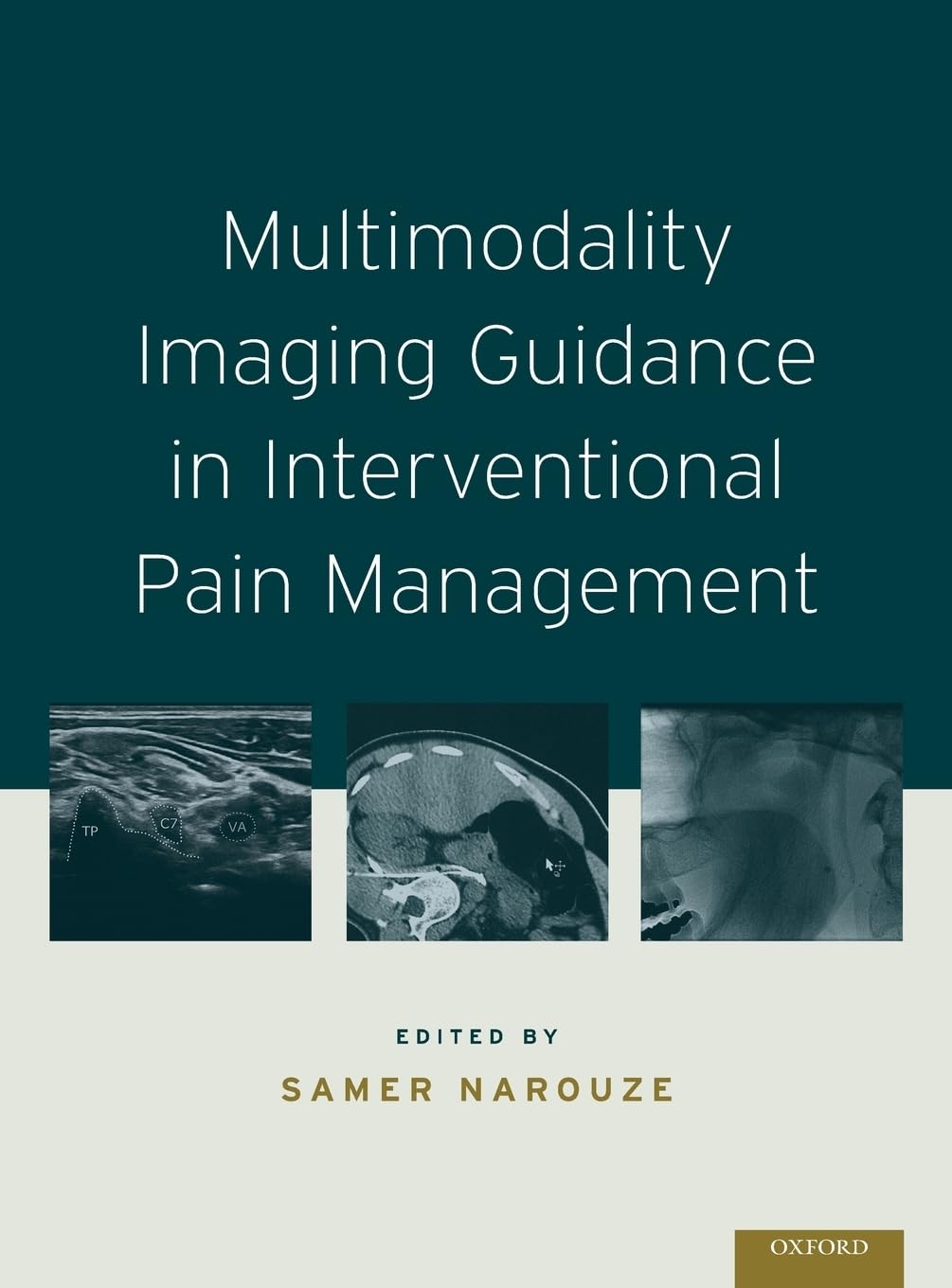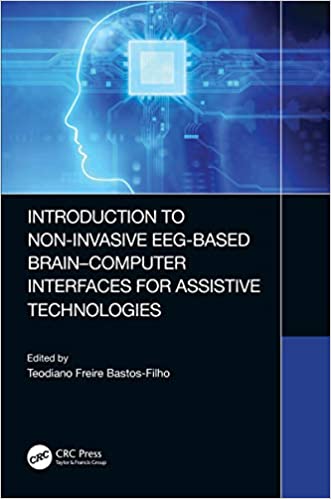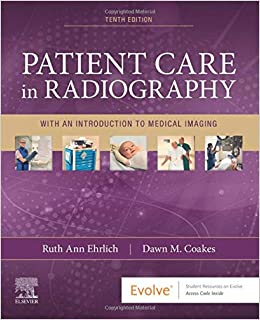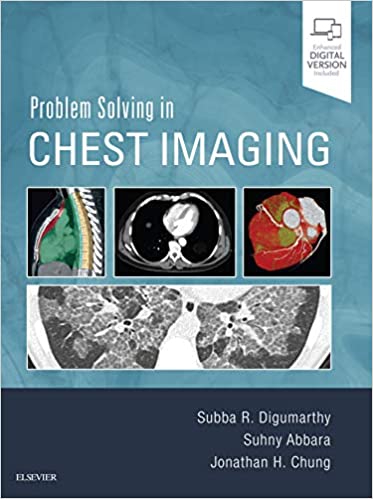This website uses cookies so that we can provide you with the best user experience possible. Cookie information is stored in your browser and performs functions such as recognising you when you return to our website and helping our team to understand which sections of the website you find most interesting and useful.

Title: Multimodality Imaging Guidance in Interventional Pain Management 1st Edition
Multimodality Imaging Guidance in Interventional Pain Management 1st Edition FORMAT: ORIGINAL PDF/PRINT REPLICA by Samer N. Narouze (Editor)
ISBN-10 : 0199908001
ISBN-13 : 978-0199908004
Original price was: 80.00 $.10.00 $Current price is: 10.00 $.
Multimodality Imaging Guidance in Interventional Pain Management 1st Edition PDF
by Samer N. Narouze (Editor)
INTRODUCTION
The discipline of pain medicine is complex and fascinating. It reaches out
to a variety of medical disciplines in order to provide a comprehensive
treatment for patients. Pain is generally defined as a localized or generalized
unpleasant bodily sensation or complex of sensations that causes mild to
severe physical discomfort and emotional distress. Therefore, in order to
treat pain properly, a provider has to utilize their knowledge from orthopedics,
psychology, anatomy, neurology and more. Since we all come from
different disciplines, it is very important to collaborate with our colleagues
and know our limitations. We often use interventional pain management
techniques to alleviate pain temporarily. This provides a window of
opportunity for the patient to utilize other modalities to help with the pain
including but not limited to physical therapy, which helps strengthen the
muscles surrounding the painful body parts. As basic sciences in pain
medicine progress, we may utilize more specific molecular treatments
focused on the painful areas to alleviate the pain.
The purpose of this book is to provide you with a glimpse of how a typical
intervention can be performed. Please know, this is just a template and the
details on how the procedure is actually performed is in the hand of the
practitioner and remains your responsibility. This book does not cover all
the possible procedures, their variations, nor does it replace a fellowship in
pain medicine. This is a collection of procedures that are commonly
performed by interventional pain providers whose experience and knowledge
dictates the probable outcome of the procedure. Performing a procedure is
a team effort. Depending on the complexity of the procedure, several people
may be involved including but not limited to the interventional pain
physician, radiological technologist and nursing staff. Communication with
radiologic technologist is very crucial and helpful to the flow of the
procedure which can aid in achieving favorable outcomes.
Fluoroscopy (C-arm) is the most common imaging modality used in
interventional pain management. The true benefit of utilizing a C-arm
during interventional pain procedures is the ability to alter the angle to better
define the pathway to the target. The practitioner advances the needle in the
same parallel plane(s) as the angle and obliquity of the C-arm. Frequently
Sun Crest, [5/2/2024 3:23 AM]
adjustments to the angles are very minute for optimal identification of the
anatomy and the pathway to the target point. Proper protection against
radiation, practicing safe distance, reducing fluoroscopy-time, and proper
shielding should be practiced reducing exposure.
Preface
Approximately one out of three people suffer from chronic pain in the United States.
The majority of chronic pain patients do not respond well to available pharmacological
treatments, whereas interventional pain management techniques have provided effec-
tive, valuable options for individuals with otherwise intractable pain. Without doubt,
image-guided procedures are superior to a blind approach and are the standard of care
for spinal injections. The most commonly used modalities are fluoroscopy, sonography,
and computed tomography (CT).
Fluoroscopy-guided pain and spinal injections have a long history of safety and reli-
ability. Fluoroscopy provides an easy quick visualization of bony landmarks. Contrast
fluoroscopy and digital subtraction angiography (DSA) detect intravascular injections
as well. However, the major limitations of this modality are radiation exposure and the
inability to visualize soft tissue structures.
Computed tomographic guidance brings great precision to the procedure. However,
because of the increased radiation exposure and cost, it is not routinely used to guide
pain and spinal injections. In this book, we concentrate on the procedures for which CT
clearly has significant advantages.
The major advantages of ultrasound over fluoroscopy and CT are the absence of
radiation exposure for both patient and operator and the real-time visualization of soft
tissue structures such as nerves, muscles, tendons, and vessels. The latter is why ultra-
sound guidance of soft tissue and joint injections, as well as pain nerve blocks, is becom-
ing more popular. That said, sonography is not without flaws. Its major shortcomings are
limited resolution at deep levels, especially in obese patients, and the artifacts created by
bone structures.
There is a great need for a comprehensive yet easy-to-follow book for various image-
guided pain and spinal blocks. That is how this book—the first to compare fluoroscopy,
ultrasound, and CT-guided procedures—was born. I was fortunate to gather some of the
national and international experts to contribute to the book, each one writing about his
or her area of subspecialty expertise, and for this reason, I am very proud of the book.
The main objective of this book is to enable physicians managing acute and chronic
pain to be confident using different imaging modalities and to be familiar with the
advantages and limitations of each imaging modality. Among the target groups are pain
physicians, anesthesiologists, physiatrists, rheumatologists, interventional radiologists,
neurologists, orthopedists, sports medicine physicians, and spine specialists.
Each of the most commonly performed interventional pain procedures is described
in three different chapters that focus on fluoroscopy, ultrasound, and CT guidance (if
applicable). Each chapter follows a similar format that includes a description of relevant
Sun Crest, [5/2/2024 3:33 AM]
anatomy, a detailed description of how to perform the procedure beginning with the
choice and application of the transducer, and the advantages and limitations of the imag-
ing modality. The text is enhanced by many illustrations and images to better understand
the procedure.
The book comprises 48 chapters, organized into four parts that cover the basics
and clinical applications of fluoroscopy, ultrasound, and CT when performing spinal,
pain, and musculoskeletal (MSK) procedures. The first part reviews the foundations of
various imaging modalities relative to performing interventional pain procedures. The
second part, the largest in the book, contains four sections covering spinal injections
in the cervical, thoracic, lumbar, and sacral areas. All the different applications are well
documented with simple illustrations and labeled images to supplement the text. The
third part focuses on nonspinal blocks. It covers sympathetic and visceral blocks as well
as peripheral nerve blocks. The fourth part addresses MSK and soft tissue applications
in pain practice. The chapters are written by the world experts in the area of MSK
ultrasound.
A couple of notes about the book: the text has been kept to a minimum to allow for
a maximal number of instructive illustrations and images, and the procedures described
here are based on a review of the techniques described in the literature as well as the
authors’ experience.
The advancement of imaging technology and the range of possible clinical circum-
stances may give rise to other, more appropriate approaches. It is my hope that this book
will encourage and stimulate all physicians and healthcare providers interested in inter-
ventional pain management.
Samer N. Narouze, MD, PhD
Akron, Ohio
Publisher : Oxford University Press; 1st edition (September 21, 2016)
Language : English
FORMAT: ORIGINAL PDF/PRINT REPLICA
ISBN-10 : 0199908001
ISBN-13 : 978-0199908004
Only logged in customers who have purchased this product may leave a review.






Reviews
There are no reviews yet.